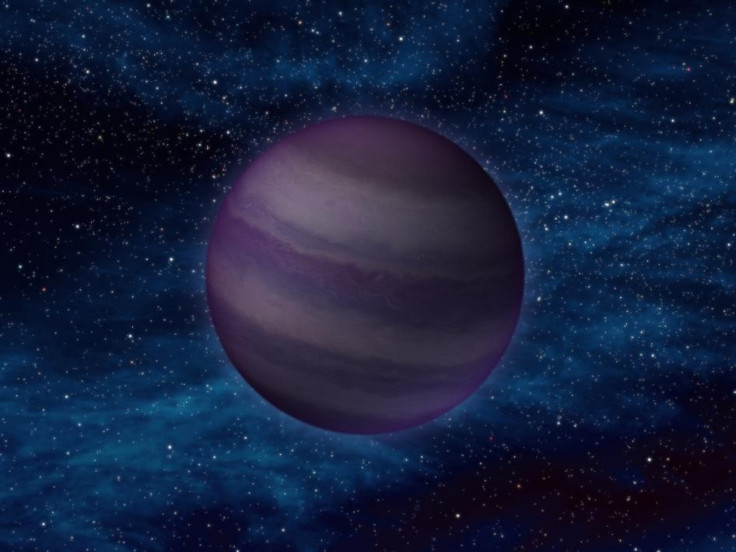Scientists Discover Coldest Class of Star-Like Bodies

Scientists have discovered the coldest class of star-like bodies with temperatures as cool as the human body. It is nearly impossible to see these stars with a visible-light telescope.
NASA scientists using data from Wide-field Infrared Survey Explorer (WISE) discovered the dark orbs, termed Y dwarfs for which astronomers have been hunting unsuccessfully for more than a decade.
WISE scanned the entire sky for these and other objects, and was able to spot their feeble light with its highly sensitive infrared vision, said Jon Morse, Astrophysics Division director at NASA Headquarters in Washington. They are 5,000 times brighter at the longer infrared wavelengths WISE observed from space than those observable from the ground.
Y dwarfs belong to the brown dwarf family. Brown dwarfs can't be seen with a normal telescope as they are very dim and cool compared with stars, and most of the times referred as failed stars. They can only be detected with a telescope-like infrared telescope which detects the heat from these objects.
Ys are the coldest members of the brown dwarf family.
The brown dwarfs we were turning up before this discovery were more like the temperature of your oven, said Davy Kirkpatrick, a WISE science team member at the Infrared Processing and Analysis Center at the California Institute of Technology in Pasadena, Calif. With the discovery of Y dwarfs, we've moved out of the kitchen and into the cooler parts of the house.
The telescope found six Y dwarfs, ranging in atmospheric temperatures from 350 degrees Fahrenheit (175 degrees Celsius) to less than about 80 degrees Fahrenheit (25 degrees Celsius).
WISE was able to pick up the faint glow for six Y dwarfs, which are the coldest class of brown dwarfs and the latest letter in the stellar classification scheme. This scheme describes stars of all temperatures, beginning with the hottest O stars and now ending with the coldest Y dwarfs. The entire scheme includes the classes: O, B, A, F, G, K, M, L, T, Y. Our yellow sun belongs to the G class of stars. M stars are colder than our sun, and reddish in color.
© Copyright IBTimes 2024. All rights reserved.





















